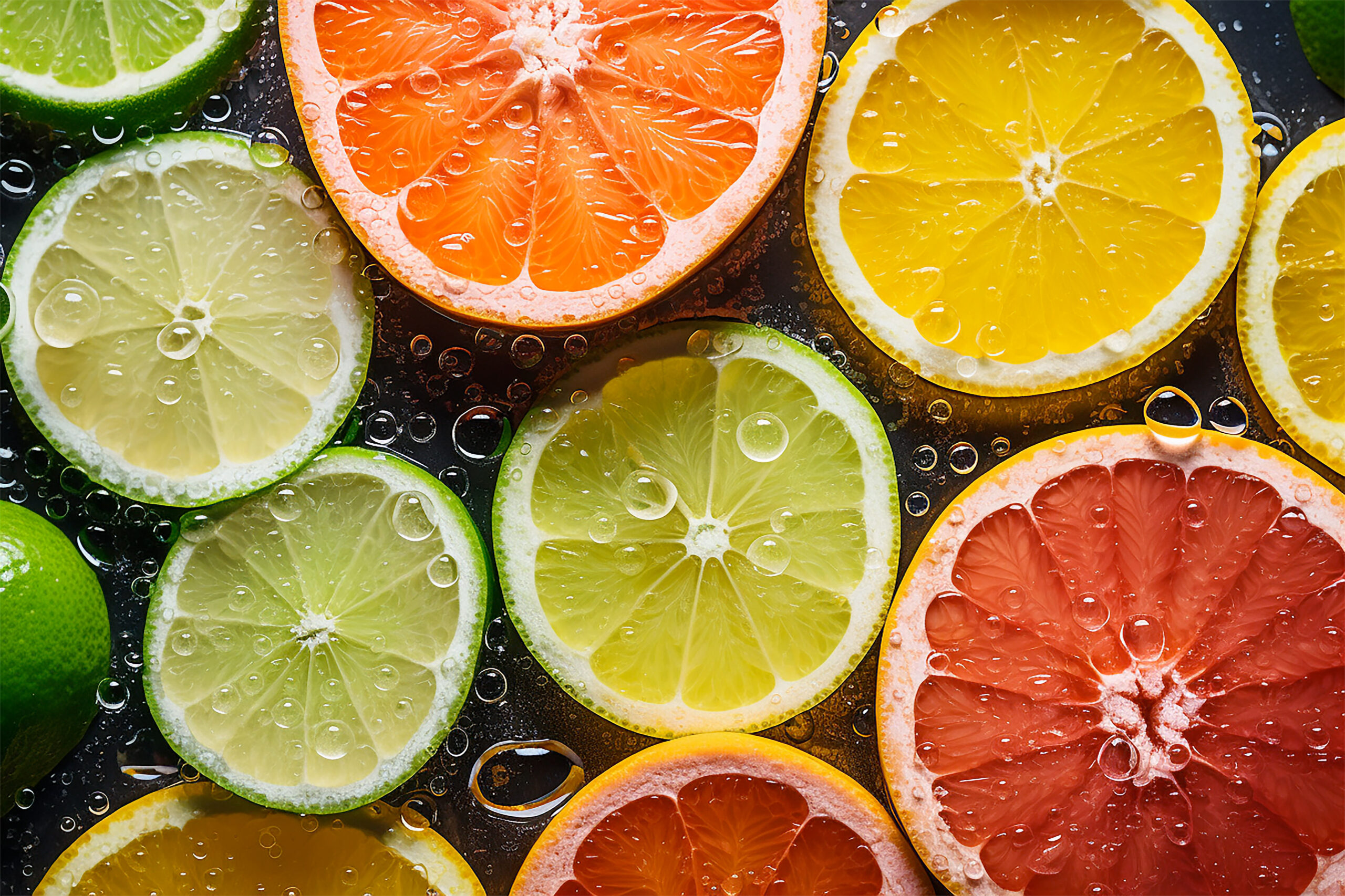Grasping Fiber Additional Covering Processes
Are you aware that over 90% of worldwide online traffic relies on optical fiber technology? This information underscores the significance of each part in optical fiber cable production, particularly the fiber auxiliary coating line. These systems are vital for securing the cables’ resilience and functionality.
This write-up will investigate the intricacies of fiber secondary coating lines. We will examine their vital function in shielding optical fibers. Moreover, we will examine how these processes improve cable durability and effectiveness. This understanding is essential for those engaged in Fiber coloring machine field and manufacturing.
Guide to Fiber Optics
Optical fiber technology has transformed data transmission, using light signals over electronic signals. This method guarantees high-speed connections with negligible signal loss. At the core of this technique exist the basics of fiber optic communications. These foundations are reinforced by a complex structure. It comprises a center, encasing, coating, support fibers, and a protective jacket. Each element is essential for the technology’s functionality.
The technique’s adoption into telecommunications has changed our data exchange system. It effectively handles large data volumes, facilitating internet, voice services, and broadcasting systems. Thus, fiber optics not only enhances performance but also ensures reliability across the globe.
Understanding Optical Fiber Secondary Coating Systems
A fiber auxiliary coating system is a collection of dedicated machines and procedures. It coats defensive layers to optical fibers after production. This additional covering is crucial for the fibers’ strength and operation. It shields them from external and physical dangers. The importance of coatings in preserving fiber optic strength is evident.
Explanation and Significance in Fiber Production
The additional covering procedure is vital in fiber creation. It involves coating the optical strands with a plastic coat. This cover protects the fibers during deployment and use. It prolongs the longevity of optics by mitigating wear from flexing, abrasion, and contaminants.
Without these layers, fibers would be prone to splitting and operational challenges. This procedure is crucial for maintaining the fibers’ integrity.
The Function of Coatings in Defending Optical Fiber
Coverings are essential in maintaining the optical and mechanical performance of optics. They serve as a defense against physical strain and external elements. The importance of coatings is obvious; they boost the fiber’s resilience. This provides smoother setup and a longer operational period.
This emphasis on auxiliary layering is vital for those in optical fiber technology. It’s a detail that greatly affects the optical fiber’s functionality and lifespan.
Parts of Fiber Secondary Covering Processes
The fiber secondary coating line is a intricate setup, comprising several critical parts. These components are crucial for producing top-notch products. They aid in understanding how a fiber secondary covering setup works and what it needs to run efficiently.
Main Equipment Overview
Essential equipment like optical fiber feeders, gel units, polymer applicators, crossheads, and cooling systems constitute the center of the auxiliary coating system. Each piece of equipment is vital for the covering procedure. For example, the polymer applicator heats the covering substance, and the junction unit applies it uniformly around the fiber. These elements must function seamlessly to provide continuous production and output excellence.
Substances in Secondary Layering
The selection of raw materials for coating is essential for reaching the desired performance. UV-set plastic materials are frequently preferred for their superior shielding properties. These compounds safeguard the strand, increase its strength, and improve total functionality. The proper blend of substances ensures the end output adheres to regulatory benchmarks and client demands.
Grasping the Secondary Layering Procedure
The secondary coating process is vital in the fabrication of fiber strands, delivering vital safeguarding to the freshly manufactured optics. This procedure includes the application of protective materials to enhance the optic’s durability and functionality. The sequence of this procedure is critical; it ensures optimal adhesion, thus minimizing material loss and boosting operational effectiveness.
Manufacturers utilize different covering methods, like polymer application and gel layering, to tailor specific coating properties and coating dimensions. Each method provides unique benefits, suited for diverse strand operations and demands. As the need for high-quality fiber optics escalates, improving the secondary coating process is paramount. It is vital for upholding sector norms and pushing covering innovations.
Significance of the Draw Tower in Auxiliary Covering
The optical fiber drawing structure is essential in the production of optical fibers. It draws fibers from initial shapes while adding shielding layers as they solidify. The quality of the extraction structure is essential, influencing the coating’s effectiveness.
Functioning of the Draw Tower
The drawing system warms the preform before drawing the fiber at a managed rate. This operation is vital for preserving the fiber strand’s durability. As the fiber comes out, layers are added instantly for even defense against environmental and mechanical risks. The structure of the extraction system guarantees perfect layer addition timing and adhesion.
Link Between Drawing System and Layering Effectiveness
The extraction structure’s standard directly influences the layering’s end quality. Irregularities in the extraction operation can result in inconsistent covering depth, influencing the optic’s functionality. High-quality draw towers eradicate these problems. A even layering setup improves physical strength, making the fiber draw tower more durable and useful in diverse operations.
Traits of Superior Auxiliary Coverings
Superior layers are crucial for the functionality and consistency of fiber optic systems. They must comply with rigid mechanical and optical standards to provide communication clarity. This awareness supports fabricators in creating more consistent outputs.
Physical Strength and Light Transmission Guidelines
Secondary coatings need to exhibit superior physical traits. They must endure physical strain and uphold functionality across different external factors. This involves bonding strongly to the fiber’s core and avoiding shrinkage or expansion. Moreover, they should improve light transmission, enabling high-speed data transfer with minimal signal loss.
Relevance of Attachment and Prevention of Coating Detachment
Attachment of the layer to the fiber’s center is crucial for the network’s durability. Without firm bonding, the likelihood of coating detachment rises, likely resulting in malfunctions. Top-tier coverings are engineered to resist delamination, ensuring longevity and reliability across different applications. This toughness not only extends the fiber optics’ lifespan but also boosts functionality, underscoring the need for choosing top-notch covering substances.
Innovation in Auxiliary Covering Systems
The evolution of secondary coating line technology is motivated by the demand for productivity and superior product quality. In the fiber optics market, the use of cutting-edge layering machinery is increasing. These improvements highlight real-time monitoring systems and better polymer applicators. Such tools allow producers to uphold high-quality standards while streamlining production processes.
Advances in Auxiliary Covering Tools
New developments in secondary coating lines have transformed fabrication potential. New polymer applicators now offer accurate regulation over the layering procedure. This results in improved uniformity and functionality in the end output. Mechanization and smart technology integration also allow faster production cycles with minimal manual input. This not only cuts down on faults but also improves overall output.
Comparison of Different Secondary Coating Line Technologies
Analyzing various secondary coating line technologies is crucial. Scalable arrangements shine for their adaptability and expandability. They enable manufacturers to adapt to fluctuating production demands without major system modifications. In comparison, traditional setups are known for their reliability and proven effectiveness. The decision on method depends on a business’s unique demands, financial constraints, and production goals.
Benefits of Auxiliary Covering Systems
Auxiliary covering systems offer many perks to manufacturers in the fiber optic industry. They enhance the fabrication procedure, leading to greater cost efficiency and higher product standards.
Cost-Efficiency in Production
Auxiliary covering systems are essential to reducing production costs. They minimize material waste and simplify procedures, resulting in significant cost efficiency. This productivity boosts economic gains, making it vital for firms wanting to maintain an edge.
Better Item Strength and Lifespan
Secondary coating lines also enhance product quality. The tough coverings applied through these systems improve the output longevity of fiber optic cables. This leads to longer lifespan and consistency, guaranteeing better functionality and client contentment.
Implementations of Secondary Layering Processes
Secondary layering processes are crucial across multiple fields, ensuring the consistency and performance of optical fibers. These strands are essential in telecoms, building the base for high-speed internet services. They enable efficient data transmission, bridging consumers globally.
In the healthcare industry, these optics are crucial for surgical instruments and testing machines. Their precision and durability are critical for medical applications. The applications of fiber secondary coating also apply to space and defense sectors, where they improve communication systems and monitoring devices.
User-focused gadgets benefit greatly from the enhanced durability of these fibers. They aid gadgets used in tough environments. The flexibility of these strands enables innovative solutions, rendering them essential in today’s technological world.
Impact of Secondary Coating on Fiber Optic Performance
The auxiliary covering is essential for enhancing fiber strand effectiveness, emphasizing fiber durability and microbending effects. A expertly applied layer can substantially lower small defects in fibers that may result in failure under stress.
Influence of Layers on Optic Resilience
The tensile strength of optical fibers is vital for their dependability across different uses. Secondary coatings offer a protective layer that mitigates pressure, lowering the likelihood of splitting. This defensive cover ensures that optics maintain their fiber durability under outside forces, providing consistent performance over time.
Microbending Performance and Its Importance
Light distortion can distort light propagation within fiber optics, leading to data loss. Powerful secondary layers minimize these microbending effects, providing strands preserve their visual characteristics even in challenging settings. By reducing microbending, fabricators can guarantee fiber optics offer superior effectiveness and durability over time.
Market Trends and Innovations in Fiber Secondary Coating
The fiber secondary coating sector is undergoing considerable transformations, propelled by the demand for enhanced effectiveness and sustainability. This change is led by the rapid expansion of data transfer, heightening focus on the significance of high-quality compounds and innovative coating processes. These developments highlight the importance of using top-tier compounds and techniques in the covering market.
Emerging Technologies in Coating Processes
Improvements in covering methods have led to the invention of innovative synthetic compounds. These compounds offer advanced structural traits and environmental resilience. Such advancements not only bolster the longevity of fiber strands but also minimize environmental harm. Furthermore, advanced fabrication processes guarantee better exactness in coating, causing consistent product quality.
Forecast for Secondary Layering Processes
The outlook for auxiliary covering systems is anticipated to include the integration of automation and intelligent tools. These developments are projected to optimize fabrication, cutting down on expenditures and enhancing product quality. As the industry continues to evolve, the focus will continue to be exploration and advancement. This will drive further innovations aimed at satisfying the need for fast information exchange and sustainability.
Obstacles in Auxiliary Covering
The fabrication of fiber strand layers encounters many obstacles that influence fabrication effectiveness and product quality. A critical problem is the difficulty in maintaining consistent coating thickness across various fiber types. Such variations can cause covering challenges, influencing the fibers’ overall performance and reliability.
Maintaining firm attachment between the layer and the strand is another critical challenge. Insufficient attachment can lead to the covering to malfunction quickly, either during application or later on. Moreover, impurities in the layering operation pose significant manufacturing hurdles. These pollutants can compromise the covering’s strength and functionality. Producers must manage complying with tough eco-rules with advances in manufacturing to get past these challenges.
Resolving these issues is crucial to fulfill the rising sector expectations. It prepares the ground for improved durability and reliability in fiber optic applications.
Overview of Secondary Layering Processes
The recap of secondary layering processes emphasizes their essential purpose in creating dependable and top-notch optical fiber strands. These systems not only boost the structural and optical qualities of fiber strands but also defend them against environmental risks. This guarantees the optics maintain their integrity over their lifespan.
Improvements in systems have taken the benefits of Fiber coloring machine to unprecedented levels. They enhance production efficiency, minimize material loss, and cause higher item excellence. The innovations allow firmer attachment and resistance to issues like delamination, which greatly influences effectiveness.
Grasping the significance of secondary layering processes aids stakeholders in the fiber optic sector in making well-informed choices. This insight causes improved product offerings and manufacturing productivity. Such advancements are crucial in today’s intense sector.
Frequently Asked Questions
What does a fiber secondary coating line mean?
A secondary layering process is a setup created to add shielding coverings to fiber optics. This process takes place post-extraction, providing the fiber strands’ resilience and effectiveness.
Why is secondary layering essential in fiber strand fabrication?
The secondary layering procedure is crucial. It protects the fiber strands against physical and external dangers. This increases their lifespan and dependability, while upholding their visual characteristics.
What are the main components of a fiber secondary coating line?
Key components include fiber pay-offs, gel dispensers, polymer applicators, junction units, and temperature control systems. These components function seamlessly to coat with defensive layers to optical fibers.
What materials are typically used in the coating process?
Typically selected compounds used include UV-set plastic materials. These offer a shielding coat against damage from bending, abrasion, and contaminants.
How does the fiber draw tower contribute to the coating process?
The fiber draw tower controls the fibers’ drawing from preforms and adds shielding layers as they solidify. This significantly influences the coating quality.
What mechanical and optical performance standards do secondary coatings need to meet?
Secondary coatings must stick firmly to the optic’s center, resist delamination, and resist physical strain. This enhances the tensile strength and visual transparency of the optical fiber strands.
New developments in secondary layering processes?
New developments consist of improved polymer applicators and immediate oversight for maintaining quality. These developments enhance coating performance and operational efficiency.
Benefits of auxiliary covering systems for producers?
Secondary layering processes result in financial savings in fabrication, enhanced item strength, reduced material waste, and enhanced longevity and effectiveness of fiber optic cables.
Uses of secondary layering processes in different fields?
These lines are used in telecommunications, healthcare, aviation, and electronic gadgets. They offer resilient strands for rapid web access and data facilities.
Effect of auxiliary coverings on fiber durability?
Auxiliary coverings protect minor flaws and reduce light distortion. This guarantees the optics maintain their light transmission qualities and function reliably under various conditions.
Obstacles in auxiliary covering production?
Manufacturers face challenges like ensuring uniform covering depth, maintaining firm attachment, avoiding pollutants, and following green regulations while driving progress.
What future trends can be expected in the fiber secondary coating market?
The sector is anticipated to witness increased automation, advanced system combination, and progress in plastic compounds. These are likely to improve eco-friendliness and layering functionality.


